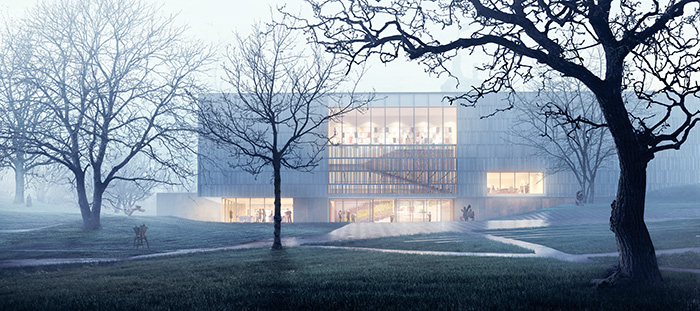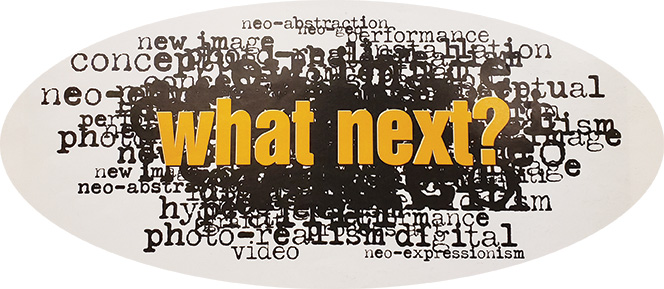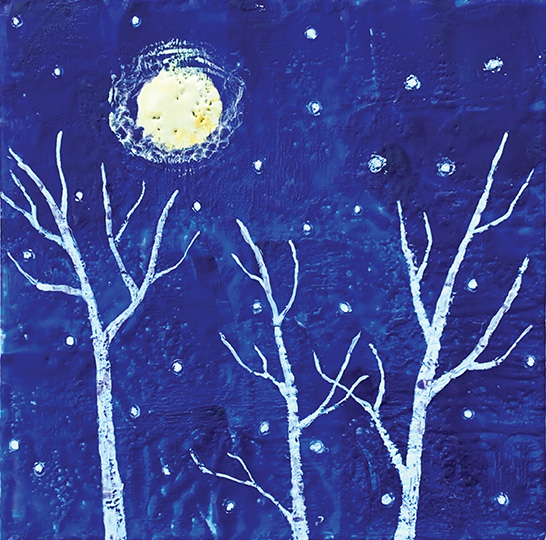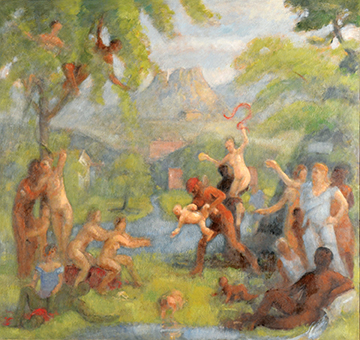We’re Back
This issue marks the return of Art New England—a return to subscribers’ mailboxes, to select newsstands and bookstores throughout the country, to art associations, galleries and museums, to our advertisers and, of course, to the artists who never stopped making art these past 10 months or so and to whom we are indebted. Thank you all for staying in touch with us. Your notes of support and cheerleading—and then your “woohoos” when word got out we were printing again—were a gift to read. And may I extend a special thanks to our writers. They have been patient and dedicated as we get our footing back. You’ll also notice a few changes on our masthead. We’ve welcomed new colleagues and supported others as their lives changed direction this past year. And for all of you working in the art world, extra special thanks. We, too, know the meaning of “furlough,” and are doing everything we can to support your return to your jobs. Then we can all say it louder, together. We. Are. Back.

While you’re reading the Table of Contents pages, I’d like to suggest starting at the beginning of the issue and reading all the way through to the end. Cover to cover. New England’s art scene has been adapting and re-opening as best it can. Museums have gone to extraordinary lengths to keep patrons safe and also to enhance their inclusivity programs, a topic discussed in this issue by Robert Wolterstorff of the Bruce Museum. Jennifer Mancuso introduces us to five Black creatives keeping Black expression front and center. Our associate publisher Rita Fucillo shares the personal and professional 2020 journeys of two New England artists and Nicola Alexander offers us five suggestions for losing ourselves in art books this winter. This issue is full of surprises, including a poem by D. Eric Parkison called “Election” and it comes to us as a work in progress. Eric has given us the keys to the kingdom—his laborious process on display, his mind fully engaged in his craft. It’s a brave and generous act and once you’ve read it, I think you’ll want to see more verse in these pages. We also explore a popular virtual photobook salon, revisit the Clemmons Family Farm in Cynthia Close’s wonderful extension of her 2018 piece—and there’s more. Really, read it cover to cover. Support the galleries we review with your eyes, your attention and at the very least, depending on travel restrictions, with a safe visit or a visit to their websites. Speaking of websites, Art New England’s is new—and looking better every week. Look for video complements to Christopher Volpe’s Studio Visit with artist Paul Bowen.

Such are the times in which we live
I was thumbing through some back issues of Art New England recently and noticed a copy of the 20th anniversary issue, published in December 1999. On the cover was a simple word cloud, a form of data visualization. It’s a graphic to show the relative frequency of certain words in a document. Twenty years ago, our editors wanted to show, in a clever way, how many new art movements had emerged over the first 20 years of Art New England’s life. Intrigued, I explained my idea to a few colleagues and asked, “What’s the first word that comes to mind when I say “2021?” After all, we’re just entering this New Year—the most anticipated New Year ever. Could a single word capture the relief we feel? Can we wear our hopes on our sleeve? Do we dare to speak it? Do I dare to eat a peach? (For you English majors). Do we feel human after four political years of feeling furtive? I was hoping for words like peace, unity, prosperity, and health. I got sedition, Fauci, herd, and liars instead. All powerful and evocative words when applied to last year, yet peace wasn’t one of them. Peace will come.
Monoliths
On a lighter note, it can’t go unremarked. The sleek stainless steel so-called “monolith” has reappeared in several locations as of this writing; but, let’s face it, after the year we just left behind, most of us would find the whereabouts of a 12-foot-high stainless steel monolith no big deal. We’ll see. I think there’s more to that story.
Did I say we were back?
Yes, I did. And you are holding the result. I have to ask you, though, is “hindsight” still 2020? Is hindsight now 2021 or 2019? I’m not sure yet. I do know that:
This is precisely the time when artists go to work. There is no time for despair, no place for self-pity, no need for silence, no room for fear. We speak, we write, we do language. That is how civilizations heal.
– Toni Morrison
Enjoy the issue,
Tim Montgomery
Publisher


